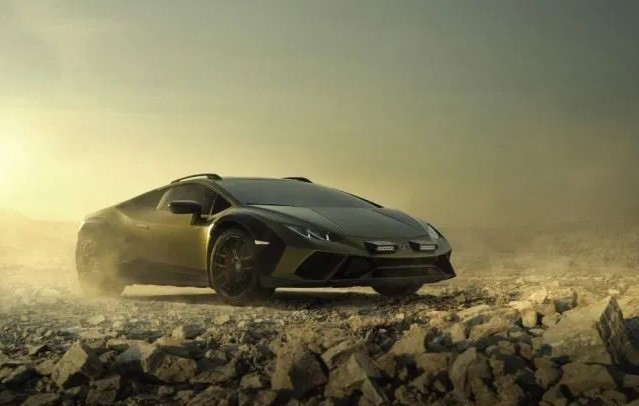

In a daring leap toward sustainability, Lamborghini is on the brink of introducing the successor to the Huracan, signalling a pivotal departure from conventional naturally aspirated engines in favour of a more environmentally conscious, electrified approach.

The upcoming model, yet to be christened, will bid farewell to the traditional V10 engine, making room for a plug-in hybrid system featuring an innovative V8 power unit—a testament to Lamborghini's engineering prowess.
Lamborghini's quest toward a sustainable future
In contrast to the Urus SUV, which relies on a modified version of Audi's 4.0-litre twin-turbocharged V8, the new marvel on wheels will boast a Lamborghini-developed engine, highlighting the automaker's dedication to self-reliant engineering and steering clear of external dependencies.
Drawing inspiration from the V12-powered Revuelto hypercar, the vehicle will incorporate design elements such as the iconic carbon fibre monocoque and the distinctive Y-shaped LED lights. Notably, the use of aluminium in its structure is poised to not only enhance lightweight properties but also maintain a competitive entry-level price range.
A true Hybrid epitome with limited electric outreach
The plug-in hybrid will inherit the Revuelto's 3.8 kWh battery pack, albeit with a constrained electric range of under 10 miles. Anticipated to make its global debut in the first quarter of the year, the vehicle is set to hit the market by the end of 2024.
Built on a platform more compact than the Revuelto, this car stands as a significant addition to Lamborghini's growing electrified lineup.
Why was an electric motor chosen for this purpose?
Details such as the number of electric motors and the drive configuration, be it rear-wheel or all-wheel drive, remain shrouded in mystery, adding an extra layer of intrigue to the impending launch. Nevertheless, Lamborghini's shift towards aluminium in its structure underlines a decisive move towards green energy, showcasing the automotive giant's commitment to reducing carbon emissions and contributing to a more sustainable future.
The luxury brand's incorporation of aluminium
Lamborghini's strategic use of aluminium not only aligns with the lightweight properties crucial for high-performance vehicles but also underscores its commitment to sustainability. The incorporation of this material in the structure showcases a thoughtful approach to eco-friendly engineering in the realm of luxury sports cars.
If you are interested to know more about the use of aluminium in the automobile sector, please go through AL Circle's special report, Future of Aluminium in the Transportation Sector.
Responses








